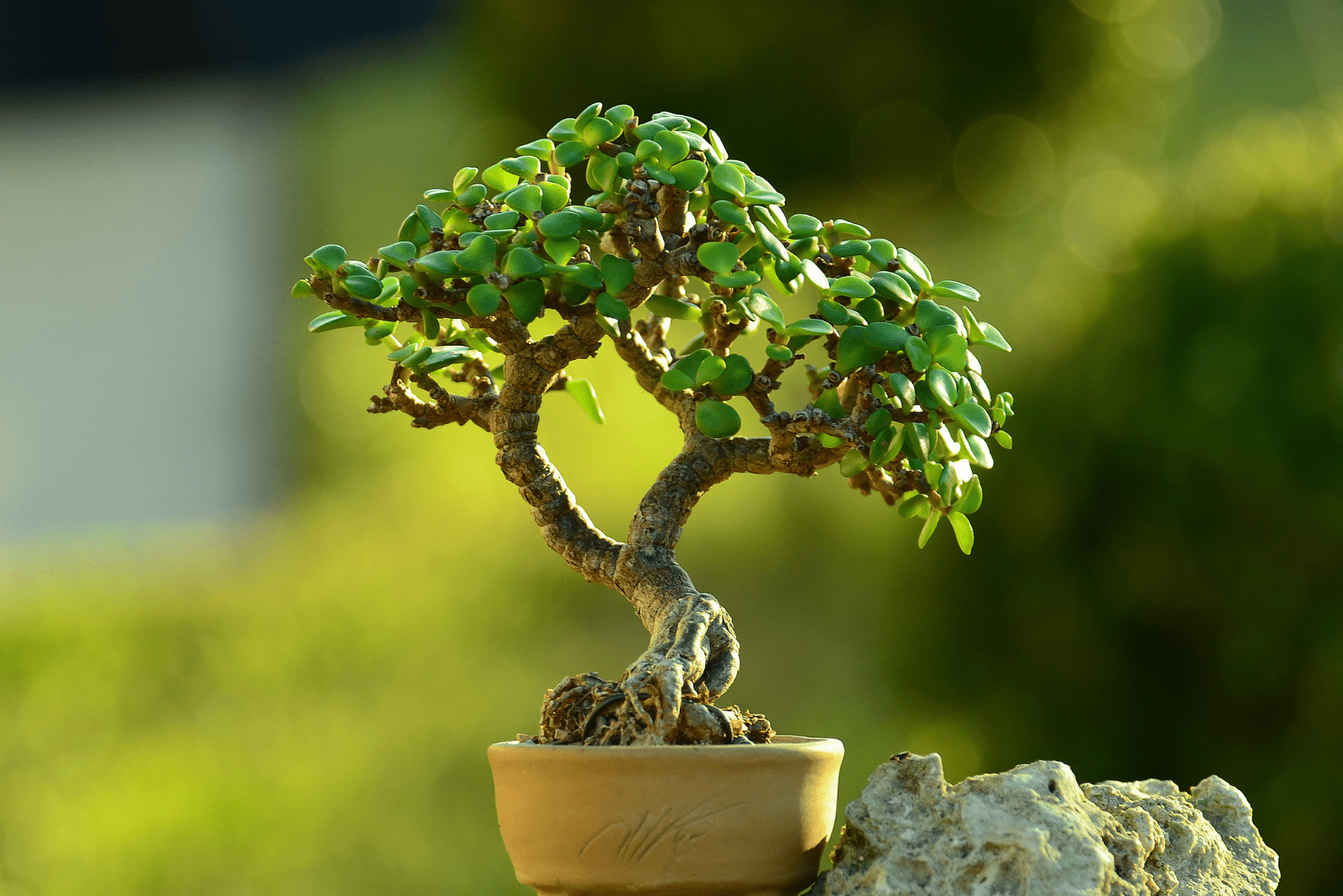Succulents Made Simple: A Friendly Guide to Growing with Confidence
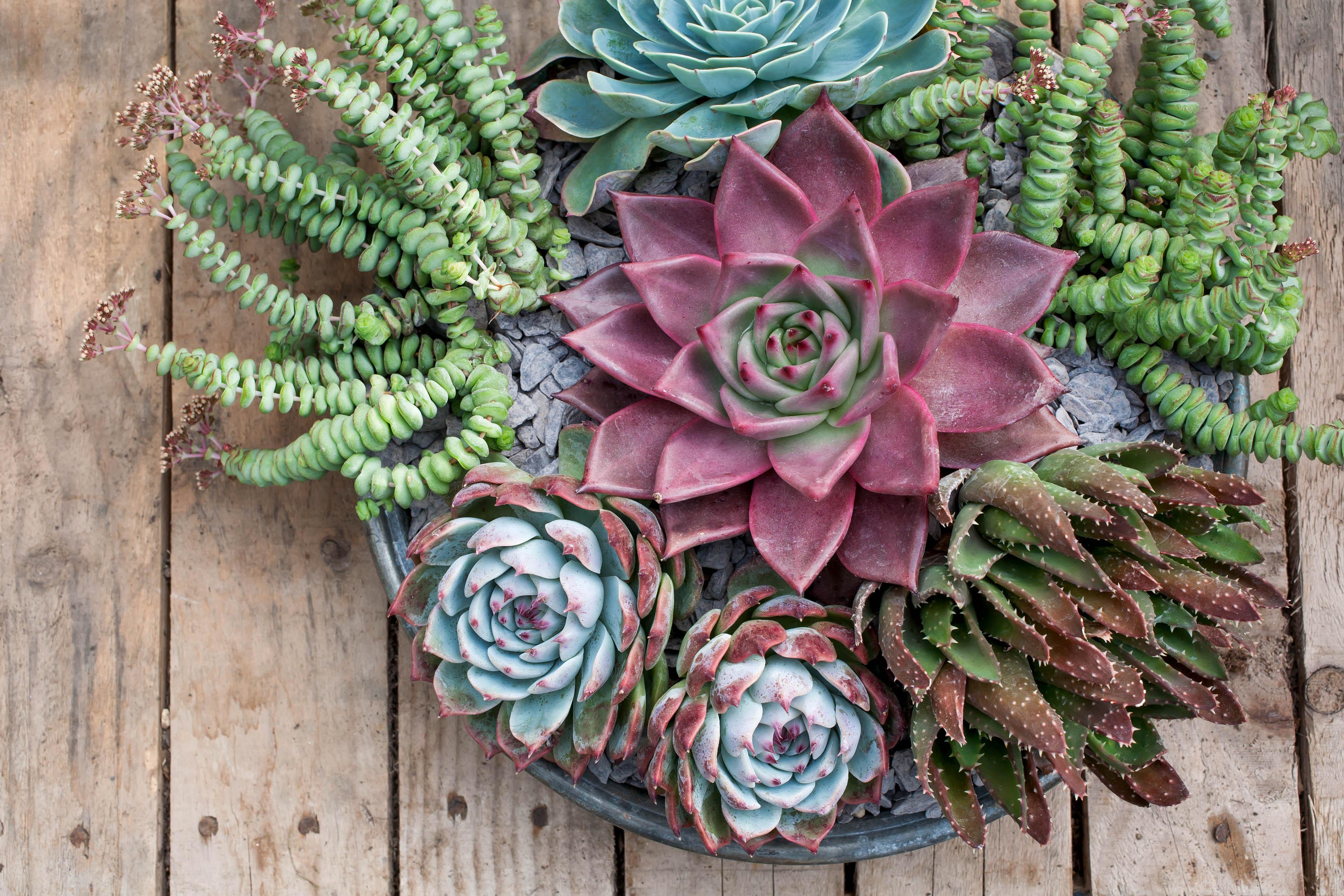
If you’ve ever stood in a garden center, cradling an impossibly cute succulent and thinking, “This can’t be that hard… right?”—welcome to the club. I still remember my first jade plant. It cost $3.99 at Home Depot, sporting a plastic sticker that promised it was “un-killable.” Three weeks later? Mushy leaves, mysterious black spots, and a creeping sense of failure. Spoiler: I learned the hard way, so you don’t have to.
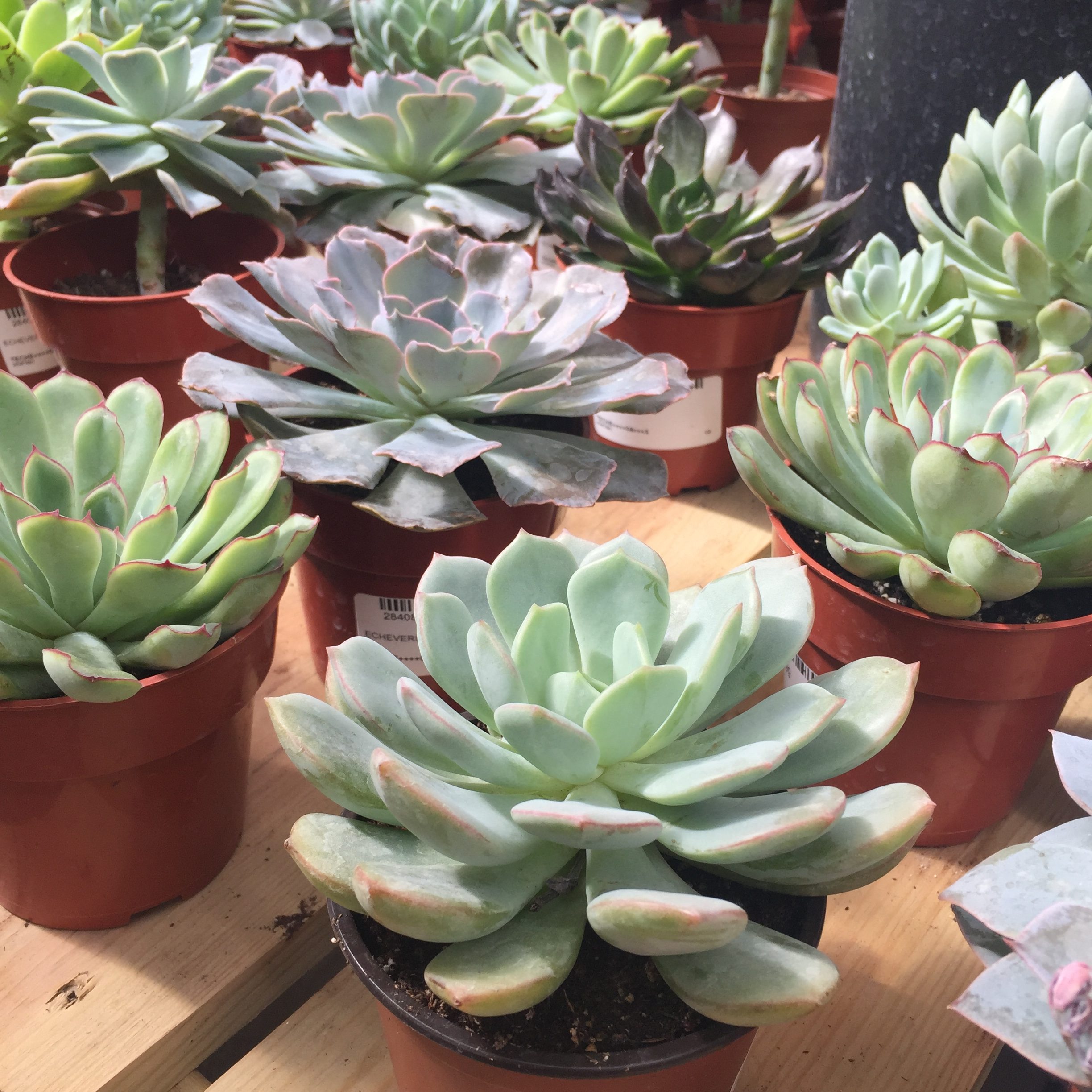
Let’s skip the shallow Pinterest advice and dig into what really works for thriving succulents—whether your “garden” is a single windowsill or a backyard jungle. This isn’t just copy-pasted care tips; it’s years of trial-and-error (and confessions about what went wrong), expert interviews (shout-out to Tina at the local botanical society), and every nerdy deep-dive I could manage.
Buckle up: this is your all-in-one, no-secrets-left-behind guide to succulents.
1. Succulents Demystified: Beyond “Just Water Less”
It’s easy to lump all succulents together—“drought tolerant,” “hard to kill”—but after killing more than my share, let me tell you: each one has quirks lurking beneath those rosette leaves.
What Actually Makes A Succulent… A Succulent?
- Water Hoarders: Every leaf is like a little canteen (or camel hump) filled with water. Touch them—they feel rubbery or waxy for a reason.
- Survival Artists: Some survive on morning fog alone (I once visited an agave farm in Baja where they’d gone 4 months without rain).
- Shape-Shifters: From spiky cacti to pebble-shaped Lithops (“living stones”), their adaptations are wild.
- Not Just Desert Dwellers: Haworthias grow under shrubs in African grasslands; some Kalanchoes thrive on Madagascar cliffs.
- Cacti Are Only Part Of The Gang: All cacti are succulents, but not every succulent is a cactus. My grandma still mixes those up.
Real-Life Examples:
- My Echeveria ‘Lola’ once doubled in size after moving from filtered light to full morning sun—but the same treatment nearly fried my Haworthia.
- In 2021, I finally successfully grew Lithops (“living stones”) after three failed attempts—it turns out they need almost no water from September through March!
Why People Love Them—And Why They Sometimes Struggle
Succulents are like forgiving roommates who only occasionally remind you when you forget something important. They’re forgiving—but not invincible.
2. Lighting: The Make-Or-Break Factor
So many people lose succulents because they underestimate how much light these plants crave.
What Works (And What Doesn’t)
Indoors:
- South-facing windows are gold—mine measure ~6,000 lux midday with a simple light meter app.
- East-facing? Great for gentle morning rays.
- North? Only low-light types like snake plants or Gasteria will truly thrive there.
- If your plant starts reaching or stretching (“etiolation”), it’s crying out for more sunshine—or consider an LED grow panel ($20–$40; look for full-spectrum).
Outdoors:
- Place new plants where they get morning sun but shade from brutal afternoon heat, especially during summer scorchers above 90°F/32°C.
- Acclimate slowly! Sudden sun can scorch leaves—I’ve lost more than one echeveria learning this lesson the crispy way.
Sensory Tip:
On bright days, healthy rosettes feel warm but never hot to the touch and their colors intensify—some get pink or purple edges in optimal light!
3. Soil & Pots: Where Most People Go Wrong
Here’s the truth: most store-bought succulent arrangements come packed in peat-heavy soil with zero drainage—the botanical equivalent of Saran-wrapping your feet in wet socks.
The Right Mix
DIY Recipe (Tested Over Dozens of Repots):
- 2 parts standard potting mix (Miracle-Gro or similar)
- 1 part coarse perlite
- 1 part horticultural sand or crushed pumice
Cost per batch (2024): About $12 for enough ingredients for 8–10 small pots.
Pot Choice Matters
Drainage holes aren’t optional—they’re life-or-death insurance against root rot. Terra cotta pots breathe best; glazed ceramics are OK if they have holes. Avoid glass containers unless you’re ready to micromanage moisture levels like a helicopter parent.
Bonus Tool:
A mesh screen over the hole keeps soil from escaping—a friend taught me this trick after too many messy repottings.
4. Watering Wisdom From Someone Who Has Overloved Many Plants
Ask any experienced grower—the fastest way to kill a succulent is kindness via overwatering.
How To Nail It:
The Finger Test:
Forget schedules. Stick your finger into the soil up to your second knuckle; if it feels bone dry down there, then—and only then—water thoroughly until excess drains out below.
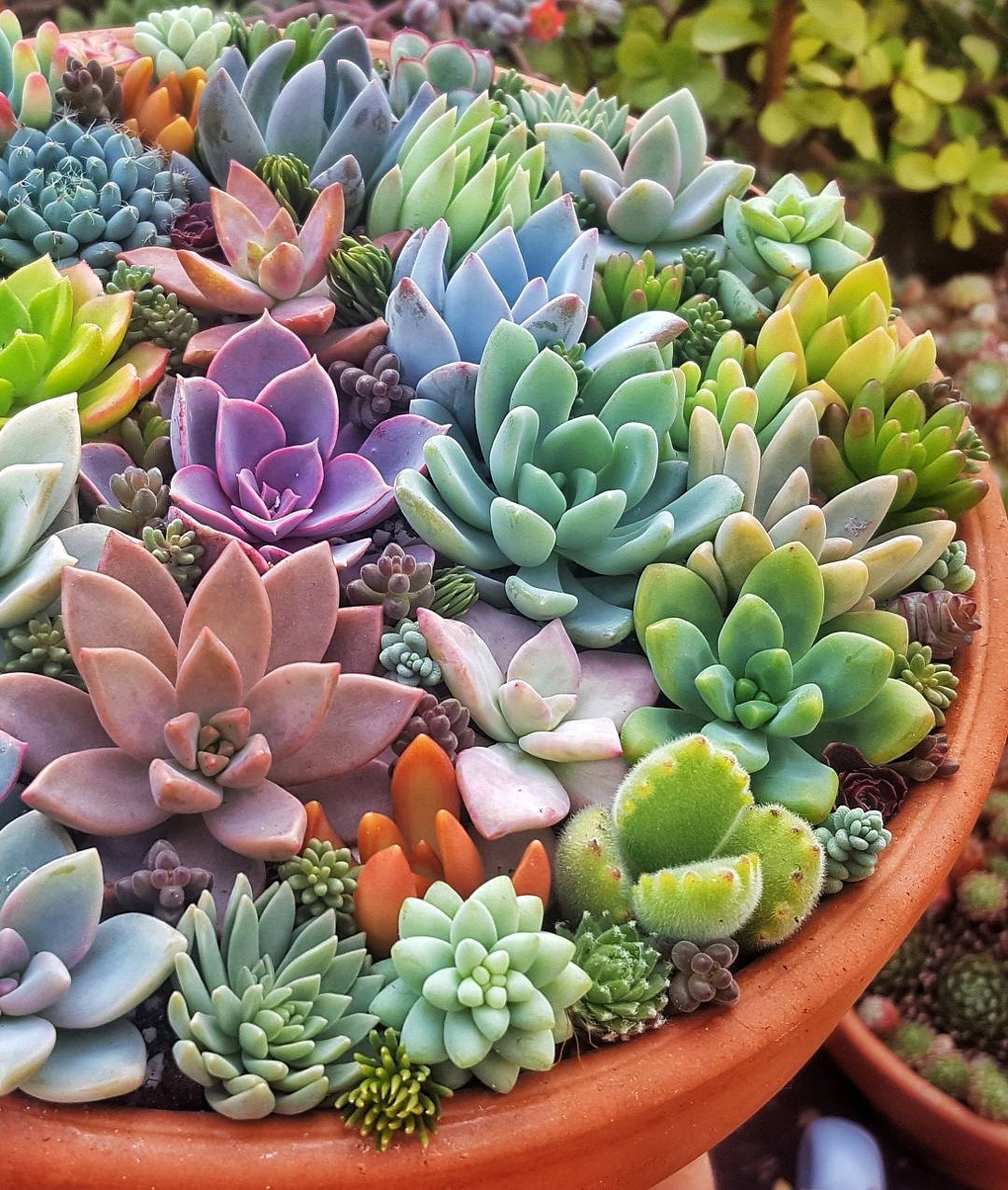
My Personal Metrics:
In Denver summers with central AC running (30% humidity), I water indoor succulents about every 10–14 days; winter? Sometimes every three weeks or less!
Failed Attempts:
Back in July 2019, I tried watering weekly "just because"—within two months, half my collection had mushy stems and smelled sour. Lesson learned: trust dryness over routine!
5. The Not-Glamorous Mistakes Nobody Warns You About
Here’s where research meets reality—and where most Instagram-perfect guides fall short:
| Mistake | How It Looks | What Actually Works |
|---|---|---|
| Overwatering | Mushy/brown leaves | Unpot ASAP; trim off rot; let air dry before replanting |
| Underwatering | Wrinkled/shriveled leaves | Deep soak when totally dry |
| Etiolation | Long skinny growth | Move closer to stronger light |
| Bad Potting Mix | Roots black/smell earthy | Repot into gritty blend |
| Sunburn | White/brown crispy spots | Move gradually into stronger sun |
Case Study #1:
My friend Michelle once gifted me an aloe potted in glass—with no holes! After three months of spotty watering and questionable smells, we discovered roots swimming in stagnant water at the bottom... We drilled drainage holes together and both aloe and friendship survived!
6. Propagation Magic: Turning One Plant Into Many
This is where things get addictive fast—I call it “succulent math.” Here’s how I do it:
Leaf Cuttings
Gently twist off healthy leaf right at base (no tears!). Leave it on paper towel for two days until callused at end (feels leathery). Lay atop dry soil—not buried! Mist lightly every few days until mini roots appear (~3–4 weeks). Once new rosette forms? Back off misting; treat as baby plant!
Failure Confession:
I used to stick leaves upright in wet soil—nothing but rot city every time until Tina showed me her air-dry technique at our local meet-up.
Stem Cuttings
Great for leggy haworthias/echeverias:
Snip below plumpest cluster using sterilized scissors;
let stem end dry/callus for several days;
plant upright in gritty mix;
wait patiently—roots usually appear within two weeks if temps are above 70°F/21°C.
Offsets/Pups
Mother plants push out clones near base (“pups”). Wiggle gently away when thumb-sized; pot up solo!
Seeds
For patient souls only! Germination takes weeks/months—even longer before anything looks like an actual plant—but nothing beats watching tiny Lithops emerge after six months of careful spritzing under plastic domes ($5 seed packets from Mesa Garden have been consistently reliable).
7. Seasonal Adjustments & Dormancy: When Doing Less Is Key
Many succulents slow down (“go dormant”) during hottest part of summer or coldest winter stretch depending on species:
- Growth halts
- Leaves may drop or shrivel slightly
Critical Tip:
Cut back watering drastically during dormancy! In December-February here in Colorado, my echeverias barely see water every four weeks despite forced-air heating drying everything else out.
8. Tools & Resources You’ll Actually Use
You don’t need fancy gadgets—but here’s what genuinely helps:
| Tool | Why It Matters |
|---|---|
| Chopsticks/pencils | Positioning offsets delicately |
| Squeeze bottle | Spot-watering without splashes |
| Moisture meter | Peace-of-mind check when unsure |
| Pruners | Clean cuts = faster healing |
| Grow lights | Winter lifesaver for windowless rooms |
Favorite reads:
- Debra Lee Baldwin’s Succulent Container Gardens — beautiful inspiration + real technique breakdowns.
- @sydneyplantguy on Instagram — witty AND educational posts almost daily.
- Reddit r/succulents — crowd-sourced wisdom plus hilarious fails that make you feel seen.
Recommended shops:
Mountain Crest Gardens online ships robust plants nationwide; local nurseries almost always win on variety/freshness vs big box stores.
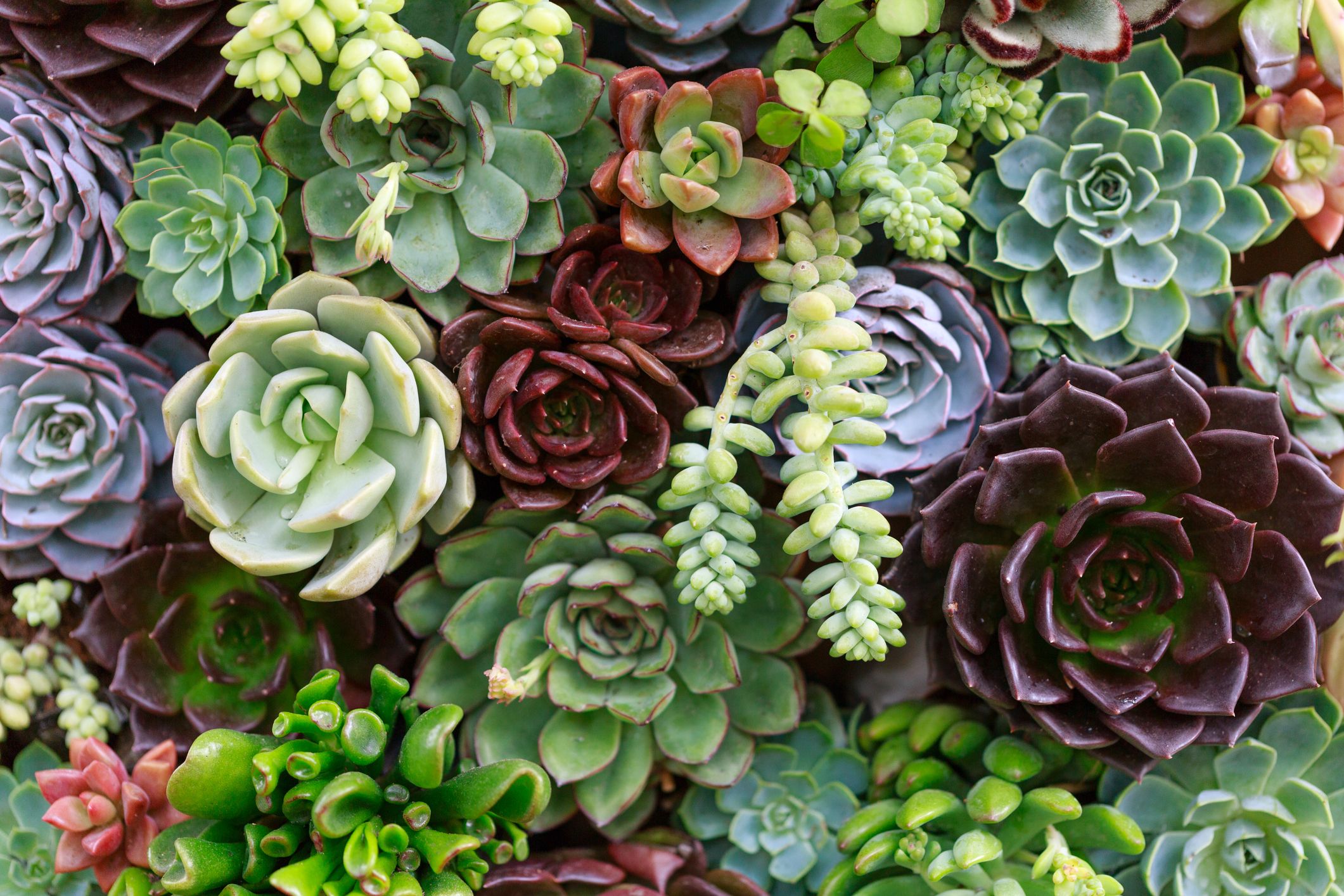
Community counts too! Facebook groups and local clubs often trade cuttings/free advice—and yes, sometimes even commiseration when things go sideways.
9. Troubleshooting Like A Pro (& Knowing When To Panic)
Something weird happening? Almost always fixable if caught early:
Mealybugs/Fungus Gnats:
Spot white fuzz clusters? Dab each one with rubbing alcohol-soaked Q-tip; isolate affected plant until clear.
See tiny flies hovering near soil? Let top layer dry out further between waters—or try sticky traps ($6/pack).
Rotting Base:
Remove entire plant from pot immediately;
trim away ANY mushy/black tissue;
let air-dry overnight;
repot into fresh dry mix;
water again only once roots grip new soil firmly (~7–10 days).
Real Example:
Last spring I rescued three Echeveria heads decapitated by rot—they re-rooted after resting atop barely-moistened sand for ten days under indirect light!
10. Your First Month Action Plan
Here’s exactly what I’d do if starting over today:
Day One
- Inspect each new arrival closely—including under leaves—for pests/damage.
- Check existing soil with fingertip test deep as possible.
- Repot immediately if container lacks drainage or comes packed tight with peat moss.
- Place beside brightest window available—even better if you can test actual brightness with free phone app (“Lux Light Meter”).
Week One
- Hold off watering at least three days post-repotting so roots recover from any nicks/bruises!
- Observe drying speed of YOUR space before setting any schedule.
- Rotate each pot half-turn weekly toward sunlight source.
Month One
- Identify each species so you can look up their specific quirks later ("What does Graptopetalum paraguayense want?" saved me more than once).
9. Try propagating one leaf/stem just-for-fun—you’ll learn fastest by doing!
Down The Road…
10. Play around by shape/color combos (“rainbow row” shelf made me smile all through lockdown);
11. Join online/local group—even lurking gives you pro-level ideas fast.
Final Thoughts (& Honest Encouragement)
I wish someone had told me early on that losing a few plants isn’t failure—it’s training wheels coming off as you figure out what works for your life. Even now—after fifteen years—I still occasionally fry an echeveria during heatwaves or miss a bug hiding between leaves…but now I know how to bounce back faster every time.
If there’s one secret ingredient that separates thriving collections from shriveled regrets? It’s curiosity plus patience—with yourself and your plants.
So whether your goal is living wall art above your desk or growing rare Mangave hybrids from seed…you’re already ahead because you care enough to keep learning.
Whenever something weird happens—and it will—I’m just an email or DM away.
Here’s raising my mug (full of coffee AND crassula) to stubborn little survivors everywhere—and cheering YOU on as yours multiply and thrive!
Happy growing—you absolutely got this.

